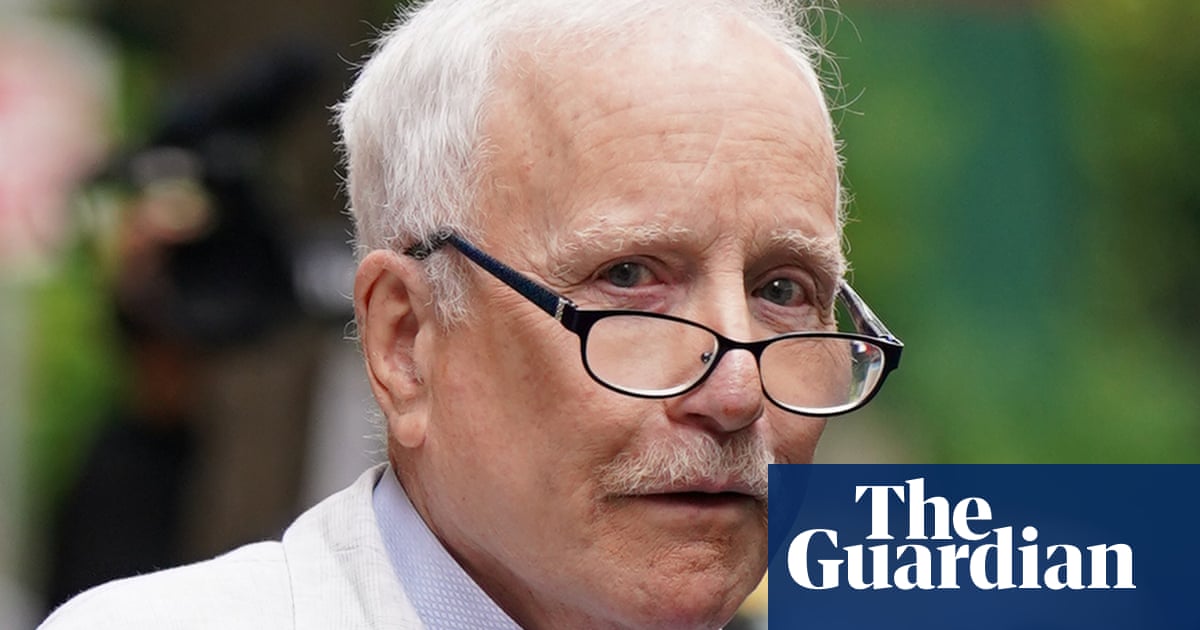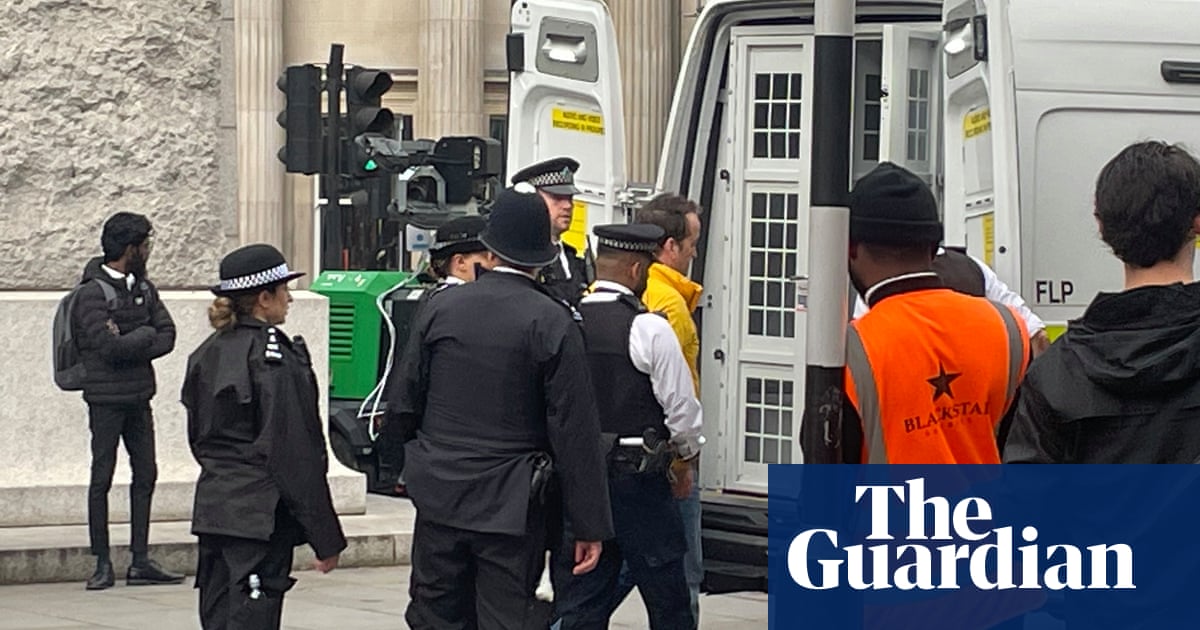The US supreme court said on Thursday it has not determined who leaked a draft of the court’s opinion overturning abortion rights, but that the investigation continues.
According to a 23-page report released by the court after an eight-month investigation, the investigative team “has to date been unable to identify a person responsible by a preponderance of the evidence”.
On 2 May, the bombshell leak was made public after Politico published the draft opinion of justice Samuel Alito that overturned Roe vWade. Within 24 hours, chief justice John Roberts confirmed the draft’s authenticity and ordered court marshal Gail Curley to investigate the leak.
Investigators “conducted 126 formal interviews of 97 employees, all of whom denied disclosing the opinion” in sworn affidavits under the penalty of perjury.
According to the Wall Street Journal, the interviews were at times fairly brief and included questions such as “Did you do it? Do you know anyone who had a reason to do it?”
Some employees had to amend their written statements after they “admitted to telling their spouses about the draft opinion or vote count”, the report said, adding that “some personnel handled the Dobbs draft in ways that deviated from their standard process for handling draft opinions”.
The court said it could not rule out that the opinion was inadvertently disclosed, “for example, by being left in a public space either inside or outside the building”.
Investigators looked closely at connections between court employees and reporters, and they found nothing to substantiate rampant speculation on social media about the identity of the leaker.
The report made no mention of whether the investigators interviewed the nine justices.
The investigation concluded that it “is unlikely that the Court’s information technology (IT) systems were improperly accessed by a person outside the Court”, following an examination of the court’s computers, networks, printers and available call and text logs.
According to the report, the draft opinion was initially emailed on 10 February to a distribution list consisting of 70 law clerks and permanent personnel. On 22 March, eight more permanent personnel were emailed the draft. Investigators also found that two additional permanent personnel accessed the draft opinion via “separate means”.
Hard copies of the draft opinion were also distributed to some chambers. Thirty-four employees confirmed printing out copies of the draft while four were unsure. Several printed out more than one copy, the report said.
Investigators searched logs of networked printers and discovered “very few” print jobs of the leaked opinion, citing two reasons. The first reason is that some of the networked printers had very little logging capability at the time and were thus unlikely to have been able to capture all the print jobs. Secondly, the investigators discovered that numerous printers were locally connected and were thus not tracked on the court’s networks. These local printers only retained a log of the last 60 documents printed on them.
The “risk of both deliberate and accidental disclosures of Court-sensitive information” grew with the coronavirus pandemic and shift to working from home, the report said.
More people working from home, “as well as gaps in the Court’s security policies, created an environment where it was too easy to remove sensitive information from the building and the Court’s IT networks”, it added.
Investigators are continuing to “review and process some electronic data that has been collected and a few other inquiries remain pending”, the report said.
Investigators “received outside assistance with a fingerprint analysis of an item relevant to the investigation”. Without disclosing what the item was, the report said that the analysis found “viable fingerprints but no matches to any fingerprints of interest”.
Roberts also asked former homeland security secretary Michael Chertoff, himself a one-time federal judge, to assess the investigation. Chertoff, in a statement issued through the court, described it as thorough.
The leak itself sparked protests and round-the-clock security at justices’ homes. Alito said it made the conservative justices who were thought to be in favor of overturning Roe v Wade “targets for assassination” that “gave people a rational reason to think they could prevent that from happening by killing one of us”.
In early June, a man carrying a gun, a knife and zip ties was arrested near justice Brett Kavanaugh’s house in Maryland after threatening to kill the justice. The man told police he was upset by the leaked draft.
Responding to protests outside the court, officials ringed the building with hard-to-climb fencing, the same barrier that was in place for months following the 6 January 2021attack on the Capitol.
Speculation has swirled since the draft’s release about who might be the source. Only the justices, a small number of staff and the justices’ law clerks, young lawyers who spend a year at the court helping the justices with their work, would have had access to the document.
In the report, Curley noted that “too many personnel have access to certain court-sensitive documents. The current distribution mechanisms result in too many people having access to highly sensitive information and the inability to actively track who is handling and accessing these documents.”
Associated Press contributed to this report

 1 year ago
64
1 year ago
64










 English (US)
English (US)